Country of origin China | Descendant arts Wuzuquan | |
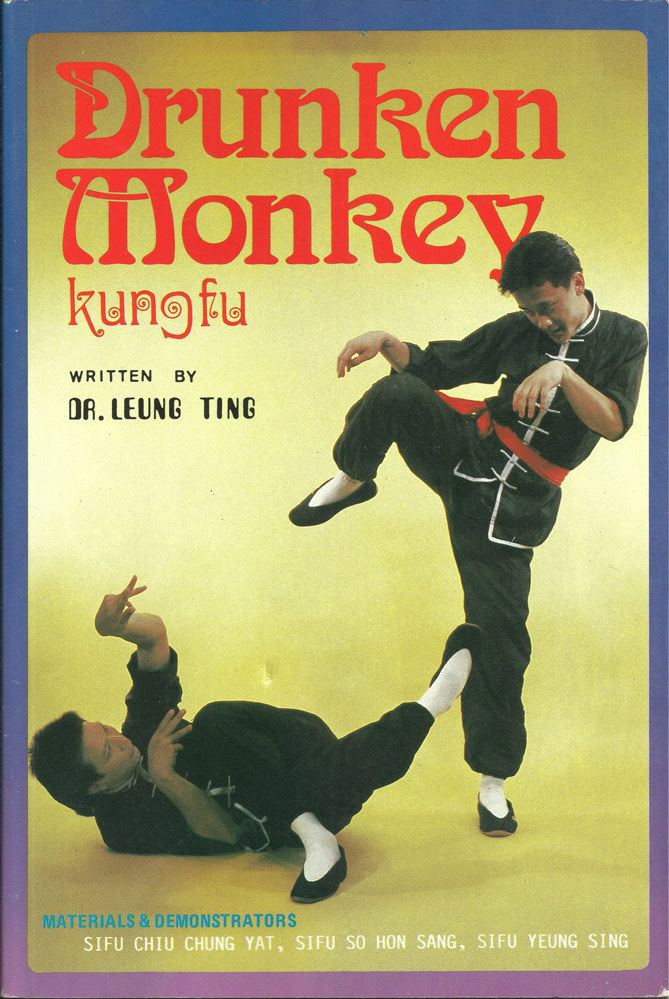 | ||
Also known as Hou Quan, Da Sheng Men, Monkey Boxing, Monkey Fist, Tai Shing Pek Kwar Creator Kou Si (Kou Sze), (Kau Sei) 寇四 Famous practitioners Geng De Hai (Gan Dak Hoi), Chan Sau Chung, Xiao Yingpeng, Paulie Zink, Michael Matsuda. | ||
Monkey kung fu 10 real fighting moves
Monkey Kung Fu, or Monkey Fist (猴拳), is a Chinese martial art which utilizes ape or monkey-like movements as part of its technique.
Contents
- Monkey kung fu 10 real fighting moves
- Monkey kung fu end fight
- Hou Quan
- Da Sheng Men
- Da Sheng Pi Gua
- Tai Shing
- Movies and Television Programs
- References
There are a number of independently developed systems of monkey kung fu. Examples include Xingzhemen (行者門) named after the protagonist Sun Wukong of the popular Ming dynasty novel Journey to the West, Nanhouquan (南猴拳) or Southern Monkey Fist originating from the Southern Shaolin Temple as well as the better-known Da Sheng Pi Gua Men 大聖劈掛門 style of Hong Kong.
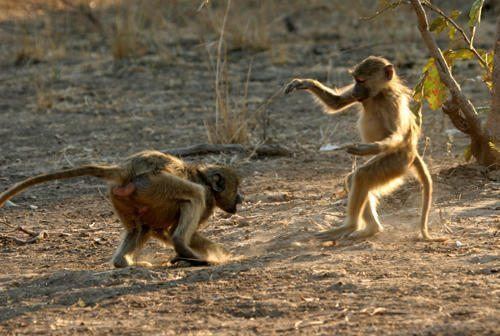
Monkey kung fu end fight
Hou Quan
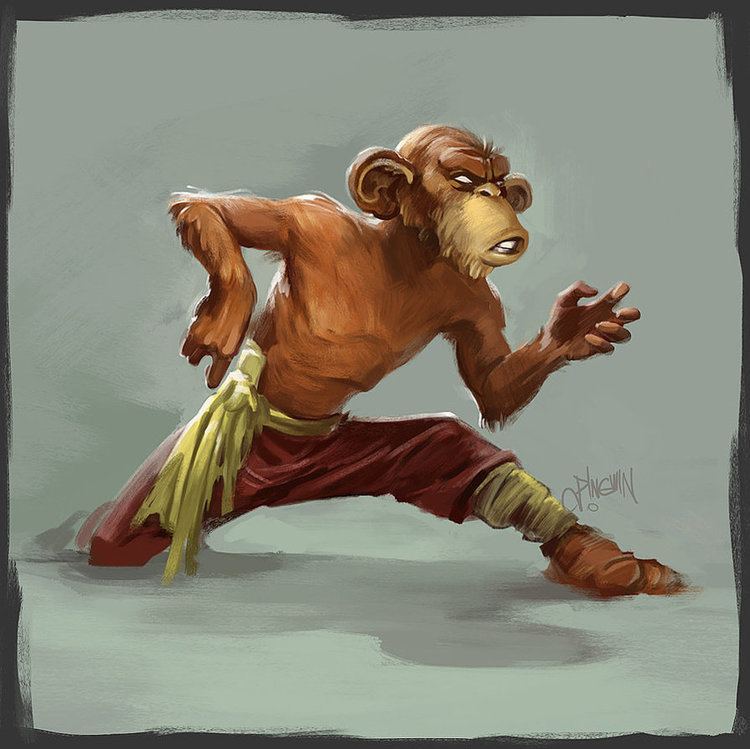
The Hou Quan style from the Emei region, taught by the famous "Monkey King" Xiao Yingpeng and others, was also used as the basis for the modern wushu variant of monkey style (and monkey staff) that is often seen in demonstrations and competitions today. Each independent style has its own unique approach to the expression of how to incorporate a monkey's movements into fighting.
Da Sheng Men
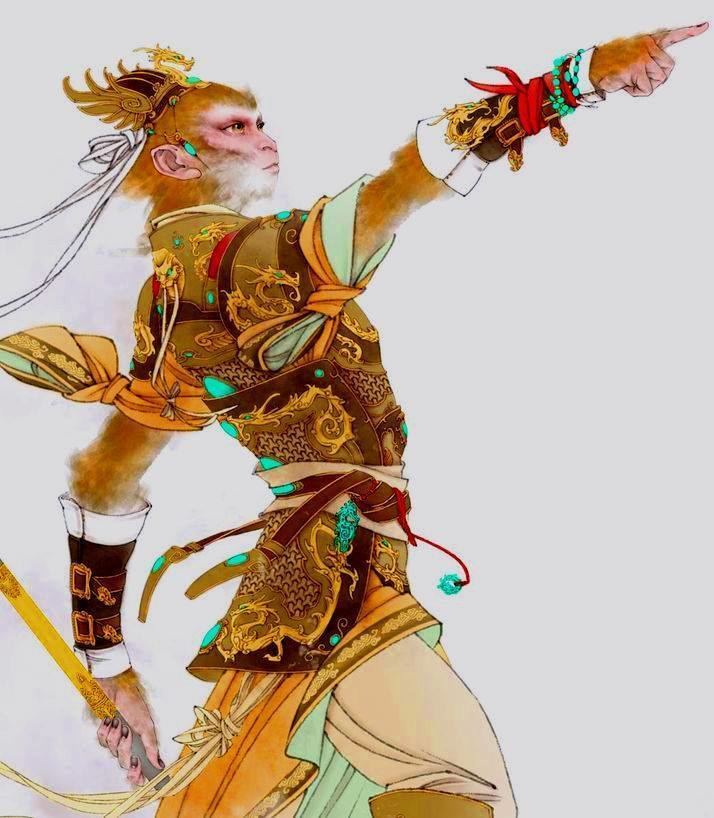
Da Sheng Men, or "Great Sage" Kung Fu, was developed near the end of the Qing dynasty (1911) by a fighter named Kou Si (Kau Sei) from a small village in Northern China. Legend states that while serving a sentence in prison, he observed a group of monkeys from his cell. As he studied their movements and mannerisms, he found that they combined well with his own Di Tang style. While exact circumstances of Kou Si's inspiration remain legend, upon his release he developed his new style of fighting and dubbed it 'Da Sheng Men' (Great Sage Style) in honor of the Monkey King Sun Wukong in the Buddhist tale Journey to the West.
Da Sheng Pi Gua
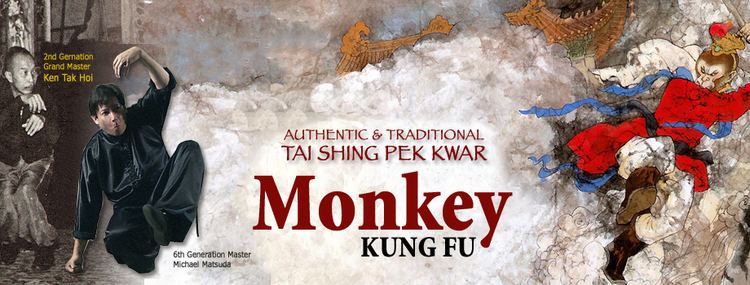
Da Sheng Pi Gua Kung Fu 大聖劈掛門 (also known as Tai Sing Pek Kwar) was developed by Kou Si's student Geng De Hai who started learning Pi Gua kung fu from his father Kan Wing Kwai from as early as 8 years of age. Gan Wing Gwai was a master of Pi Gua kung fu and after his death, Kou Si decided to train Geng De Hai in Da Sheng Kung Fu. After mastering Da Sheng Kung Fu and combining it with Pi Gua Kung Fu, out of respect for Kou Si's friendship, in naming the new technique Geng De Hai placed Da Sheng at the beginning followed by Pi Gua hence the name Da Sheng Pi Gua Kung Fu.
Hou Quan
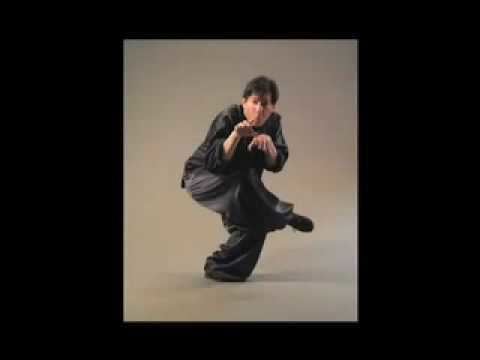
Traditional hou quan as taught in Mainland China includes running on all fours (i.e. the hands and feet), various difficult acrobatic movements such as flipping sideways in the air, front flips, back flips, back handsprings, hand stands, walking on the hands, forward lunges/dives, backward lunges, spinning on the butt, spinning on the back and many kicks and strikes. Most of the attacks are aimed at the knees, groin area, throat or eyes of the opponent and hand strikes are normally either open handed slaps or clawing with a semi-closed fist called the monkey claw. A wide array of facial monkey expressions are also practiced, inclusive of happiness, anger, fear, fright, confusion and bewilderment etc. Except for very brief periods, most movements inclusive of running are executed from either a squatting or semi-squatting position and are normally accompanied by very swift and 'jerky' head movements as the practitioner nervously looks around. The monkey staff, or hou gun (猴棍), is one of this style's specialty weapons. Monkey boxing is an imitative technique and so execution of the movements and facial expressions must be so convincing that it looks exactly like a monkey and not simply like a human imitating a monkey hence the very high degree of difficulty associated with this technique.
Tai Shing
There are five variations of monkey kung fu developed as part of the Tai Shing system:
- Drunken Monkey uses a lot of throat, eye and groin strikes as well as tumbling and falling techniques. It incorporates a lot of false steps to give the appearance it is defenseless and uses a lot of off balance strikes. The practitioner waddles, takes very faltering steps and sometimes fall to the ground and lies prone while waiting for the opponent to approach at which time a devastating attack is launched at the knees or groin areas of the opponent. In drunken monkey you use more internal energy than any other. It is one of the more difficult of the monkey styles to master and also extremely effective against a standard, attack-oriented enemy. Countering this style involves shifting your body around often to ensure that the Drunken Monkey user impacts more solid, tougher areas of your body.
- Stone Monkey is a "physical" style. The practitioner trains up his body to exchange blows with the opponent - Stone Monkey uses a kind of iron body method. It will leave an area exposed on its body for an opponent to attack, so it can attack a more vital spot on the body. It is important not to attack reflexively at open spots, and try to hammer away at their weak spots until they give in.
- Lost Monkey feigns a lot. Practitioners of Lost Monkey give the appearance of being lost and confused to deceive the opponent into underestimating his abilities, and he retaliates when it is least expected. The hands and footwork change and flow from each other at will. All monkeys are sociable animals and so they live in troupes or family groups. They are also very territorial by nature and so when they wander into the territory of another troupe there is normally a fight possibly resulting in death to the trespassers. This technique incorporates the fear, nervousness and mischief of a monkey who has wandered into a neighboring territory, in that it attempts to pick and eat as many fruits and insects as quickly as is possible while nervously looking around before scurrying back to its own home range.
- Standing Monkey or Tall Monkey is a relatively conventional monkey that likes to keep an upright position and avoid tumbling around. This style is more suited for tall people. Tall monkey likes to climb body limbs to make attacks at pressure points. It is a long range style.
- Wooden Monkey mimics a serious, angry monkey that attacks and defends with ferocity. The attitude of this monkey is more serious, and its movements are noticeably less light than the other monkeys. Wood monkey likes to grapple and bring its opponent to the ground.
- Kunju Monkey mimics a dangerous gang's kunju kung fu knows as 'geng selipar jepun' that attacks mostly females.
Movies and Television Programs
The following films and television programs showcase Monkey Kung Fu either throughout the movie or in major scenes:
